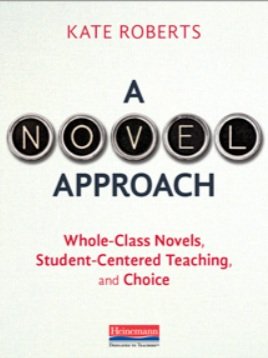Reading Aloud to middle & High school students
Reading aloud a variety of texts (e.g. picture books, excerpts from magazines) to students in grades 6-12 is a wonderful way to immerse them in behaviors that support making meaning of complex texts. While teachers read to students, they construct meaning through conversations about texts together. Interactive read aloud expands access to texts of varying genres, text structures, language patterns, vocabulary, themes/topics and ideas.
It’s best if teachers read materials ahead of time, paying close attention to what text demands are and how they make meaning as readers, taking this into consideration as they plan. They also observe, assess, and reflect upon student strengths and needs before, during, and after read aloud experiences to inform their instruction. This experience could take place during a 40-minute ELA period (for 5-10 minutes), serving as immersion for upcoming reading/writing work.
Over time, Vicki Vinton and other experts like Timothy Shanahan have reshaped my vision of interactive read aloud from focusing on standards and skills/strategies to being an opportunity for teachers and students to live a process of collaborative meaning-making of texts. This can happen when readers discuss what they know, what they wonder and what they think as “maybe” statements based on wonderings (Vicki Vinton - “Are We Opening the Door Wide Enough for Our Readers”).
When it comes to whole-class novels, A Novel Approach by Kate Roberts helps me understand how to pace my reading aloud alongside the reading students will need to do on their own. Kate encourages teachers to “decide which parts of the book require a teacher and which parts maybe the kids could read themselves in class and for homework.”
Teachers ask themselves questions like:
“Which chapters could my kids approximate and still be able to move forward in the book?”
“Which chapters necessitate an expert reader to help highlight the critical moments in the narrative?”
I admit, I was worried students would miss important details if we did not read the whole text together. Yet, Kate points out, we need to believe “in our students’ ability (with help) to read books and have ideas on their own.”
I now accept that even though students will miss details at times, I , like Kate “believe there is value in honoring what kids can understand and what ideas they want to chase in the books they read.”


